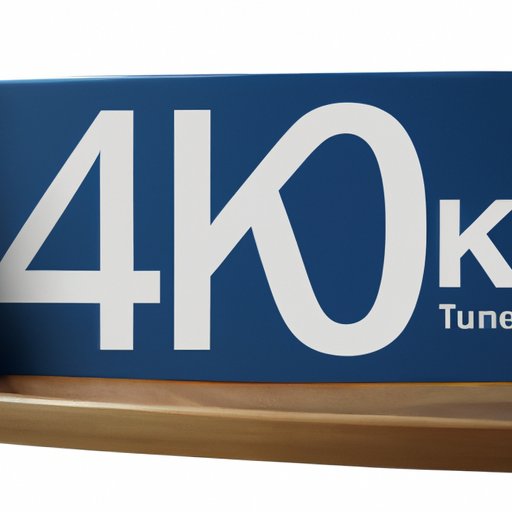Introduction
A 401K plan is an important benefit to offer your employees as part of their compensation package. Offering a retirement savings plan can help you attract and retain top talent, while also providing tax advantages for both you and your employees. As a business owner, it’s important to understand the process for setting up a 401K plan for your company.
This article will provide an overview of the steps you need to take to successfully establish a 401K plan for your business. We’ll cover researching different providers, setting eligibility requirements, estimating and setting contributions, and setting up the 401K plan with your chosen provider.
Research Different 401K Providers
The first step in setting up a 401K plan for your business is to research different providers. There are a variety of different providers available, each offering different services and costs. It’s important to compare the different options to ensure you find the best fit for your business.
When researching different providers, consider the costs and services offered. You’ll want to make sure you understand what fees you’ll be responsible for, such as administration fees or investment management fees. Additionally, look into the types of services offered, such as online enrollment or recordkeeping.
It’s also important to check the regulations and compliance requirements of the provider. Make sure the provider you choose is compliant with all applicable laws and regulations, including ERISA, the Internal Revenue Code, and other state and federal regulations.
Establish Eligibility Requirements for Employees
Once you’ve chosen a provider, the next step is to establish eligibility requirements for employees. This includes determining age restrictions and service requirements. Generally, employees must be at least 21 years old and have worked for the company for one year before they are eligible to participate in the plan.
You’ll also need to decide if there are any additional requirements, such as minimum hours worked per week or required job duties. These requirements should be clearly outlined in the plan documents.

Estimate and Set Contributions for Employees
Next, you’ll need to estimate and set contributions for employees. This includes calculating employee contributions and deciding on employer matching or profit sharing. Employee contributions are usually based on a percentage of their salary, so you’ll need to determine the percentage you’d like to offer.
You’ll also need to decide whether or not to offer an employer matching or profit sharing contribution. If you choose to offer a matching contribution, you’ll need to specify the percentage of employee contributions that you’ll match. If you choose to offer a profit sharing contribution, you’ll need to specify the amount of money you’ll contribute each year.

Set Up the 401K Plan with Your Chosen Provider
The final step is to set up the 401K plan with your chosen provider. This involves completing the necessary paperwork and choosing investment options. The provider should provide detailed instructions for completing the paperwork and setting up the plan.
Once the paperwork is completed, you’ll need to choose the investment options for the plan. This includes selecting mutual funds, stocks, bonds, and other investments that meet the needs of your employees. Your provider should provide guidance on selecting appropriate investments for your plan.
Conclusion
Setting up a 401K plan for your business can provide many benefits for both you and your employees. To get started, you’ll need to research different providers, establish eligibility requirements, estimate and set contributions, and set up the plan with your chosen provider.
By following these steps, you can successfully establish a 401K plan for your business. With the right provider and plan design, you can offer a valuable benefit to your employees while also gaining tax advantages for your business.
(Note: Is this article not meeting your expectations? Do you have knowledge or insights to share? Unlock new opportunities and expand your reach by joining our authors team. Click Registration to join us and share your expertise with our readers.)
